Travelling with a camera is inevitable, capturing and documenting your journey is part of the journey itself.
Most of us travel with a compact point-and-shoot camera or even just a phone camera which is honestly suffice. But for people like myself, it is not. Maybe it is a curse, but I’ve always been plagued with the constant thought of wishing i had a better camera with me, especially when I happen to witness a picturesque scene in front of me.
Even more so during Footprints Across Asia, where our aim is to capture both quality photos and videos for our readers. So this post is more for people like myself, who have been cursed with the travel shutterbug.
Here is a detailed round up of the camera equipment for travel I use and why.

Camera
My choice on the Canon 5D Mk3 is because of its ability to handle both photos and videos well. With the help of Magic Lantern, I am able to extract out 14-bit uncompressed RAW video which gives me the much needed freedom for colour grading. Magic Lantern also lightened my load by eliminating the need to carry around a remote for time-lapses or stop motion videos. It even has a bulb mode for shutter speeds longer than the default 30s, which also perfectly replaces the need for a remote.
Well I could have gone with a simple point and shoot camera or used my phone camera, but really, my phone wouldn’t allow me to change lens, and also I didn’t want to compromise on the quality of the videos. One might argue that the risks of carrying around an expensive DSLR during your travel is too huge. I beg to differ, as long as you take the right precautions, you will be fine.
My main concern was its weight. One immensely useful feature of my camera is it’s weather-proof function, allowing it to survive under rain, snow and dust. I don’t really take good care of my gear and prefer to have my gear take care of itself.
“Being able to trust my gear allows me to take the load off my chest and to focus on more important things instead.”

I carry with me 3 Canon batteries, which is really more than enough. I think 2 would be just nice.
I also have a 16G and 2 64G Compact Flash cards in order to meet the high file sizes needed to shoot RAW videos. The most reliable ones are Komputer Bay one’s from Amazon, that goes up to 1000X for the raw video files. There are also quite a few fake ones going around, so be careful!
Recently there is an advent of mirrorless DSLRs which is pretty lightweight (much lighter than what I am carrying around now) and provides almost similar video quality as the 14-bit uncompressed RAW video from Magic Lantern. Very keen on trying them out for my next trip.
Lenses
Selection of lenses include Canon’s 16-35mm, 50mm prime and a 70-200mm. For a nice balanced range of possible visuals. The weight has always been an issue, but after travelling for 10 months, I still think that I would not exclude any of the lenses for my next trip.

Flash
I carry around a simple, portable and lightweight Canon 270EX II Flash that gets the job done. To be honest I hardly use it, only in very specific situations so i guess the lightweight justifies its unnecessity.
Together with Sanyo’s Eneloop Rechargeable AA batteries, it saves me the hassle of having to search and spend extra cash on batteries.
Tripod
I use a sturdy but lightweight carbon fiber 3-legged tripod just enough to be able to support the DSLR without it toppling over. I could have gone ahead with a simple monopod or a gorilla pod, but it really isn’t practical in terms of stability and flexibility.
A high 3-legged one also allows me to take good slow shutter shots, long exposure shots for the stars and for wefies 🙂 A hook underneath the tripod allows more stability when it comes to strong wind situations, I simply hang my daypack on the hook and it’s as stable as a professional industry standard tripod.

“I rarely use filters because I feel that it hinders the spontaneity of travel photography. I have a polariser permanently attached to the 16-35 and that’s about it.”
Accessories
I have a wireless trigger from Trigmaster for specialised shots, which has given me quite a lot of problems and I do not really recommended that brand.
Peak Design’s Camera Clip is really useful for keeping the camera handy when it comes to street photography. My camera is constantly clipped to my shoulder strap when we are out exploring. Just a push of a button and the camera is released and ready for use.
The camera clip is probably one of the best things I have ever come across and I never regretted buying it. The quick release plate of the camera clip is compatible with the ARCA-type tripod heads of mine, which makes it very convenient to switch between handheld to mounting it on my tripod.

Second Camera
I use my GoPro Hero 3+ for more outdoorsy shots. Its flexibility allows a different perspective in my shots and I have used it for diving, paragliding, wind surfing, road trips, rock climbing and of course, selfie stick aided selfies. It’s small and light built together with various mounts, allowing it to be mounted just about anywhere and even in pretty harsh conditions too. It’s also so light that you don’t really have to think twice when you are packing it for your travels.
Oh yes, I carry an extra battery all the time due to its very unpredictable battery life. The selfie stick is of course optional, but there isn’t any other better way to take selfies, to be honest. It also works out to be a good weapon for self defence when you are alone in the wild…or so we think. haha
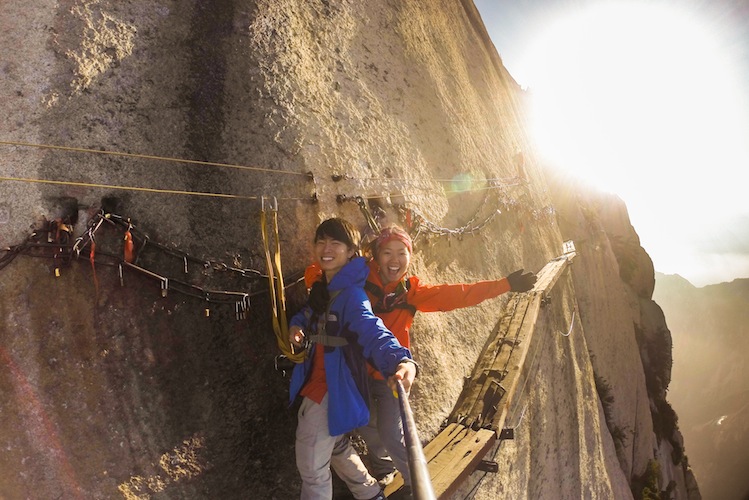
Post Production
Due to the conditions and nature of my work, it was necessary for me to carry around my MacBookPro, yes I know, it’s a huge pain in terms of weight and risk, but I haven’t got an alternative idea, and a tablet couldn’t really cut it with the programs I use which include Adobe Lightroom, After Effects and Premiere for video editing on the go.
A laptop also eases the workflow of file transferring and more complex rendering procedures which are not possible on a tablet or phone. Travelling long term also means I can’t just store images in a memory card backup hyperdrive which I do find it useful for shorter trips in replacement for a laptop.
Together with my laptop, I also carry a Seagate 2TB portable hard disk for my files and it has proven more than enough for the loads of huge RAW video files taken during this 10 months trip.
“The Seagate harddisks are extremely lightweight, durable and very suitable for travelling!”

Bags
I use bags from f-stop gears which are actually quite expensive for a traveller’s backpack, but damn, they are the best ever! They provided me with everything I need in a bag, both for my camera gear and for travelling. The f-stop Tilopa BC, is my main backpack.
Apart from looking like a stereotypical backpacker’s backpack, it has many compartments, slots for your memory card, clips for your tripod and accessories, waterproof outer shell, very durable zips and a immensely useful backloading zip which allows me access to everything I have in the bag without going through the hassle of opening up my bag. It has a pretty good suspension and padding technology which makes it a good companion for hiking trips together with camera gears.
My day pack is the smaller f-stop Kenti (which has already sadly been discontinued), with the same brilliant weather proof construction as the Tilopa. It has top and side loading zips allowing quick access to your gears and a padded interior for additional optional padding for your precious gears.
Both bags have a compartment for an optional water bag, and if not, this additional padding was used to keep my vulnerable laptop. After months of rugged travelling in the snow blizzards of Central Asia and through the vast desert sand dunes of Mongolia, neither of my gears was damaged (apart from the wireless triggers from Trigmaster, which i do not recommend) nor the f-stop bags, pretty amazing I have to admit.

Given the justification of the camera gears that I brought along with me for this trip, I have to admit that these gears are quite extreme for my case, and that everybody has their own preference and taste when it comes to choosing which gear to take along with them. It really depends on how much quality you are willing to sacrifice, what you are going to do with these footages, how much time you’ve got, how much you can carry and your travelling style.

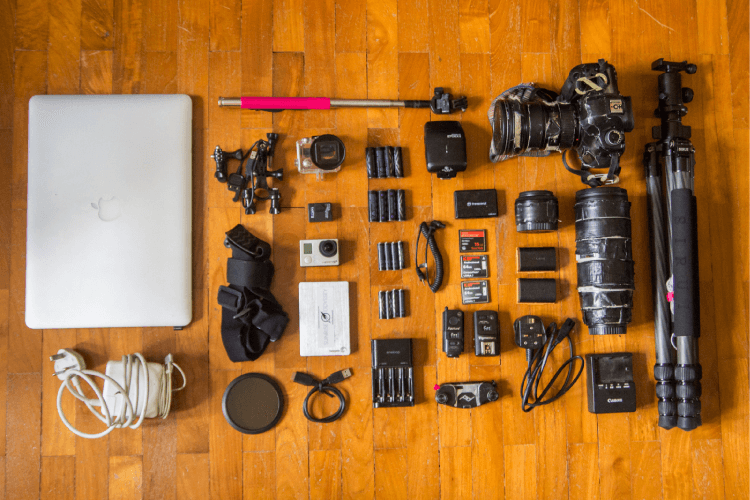
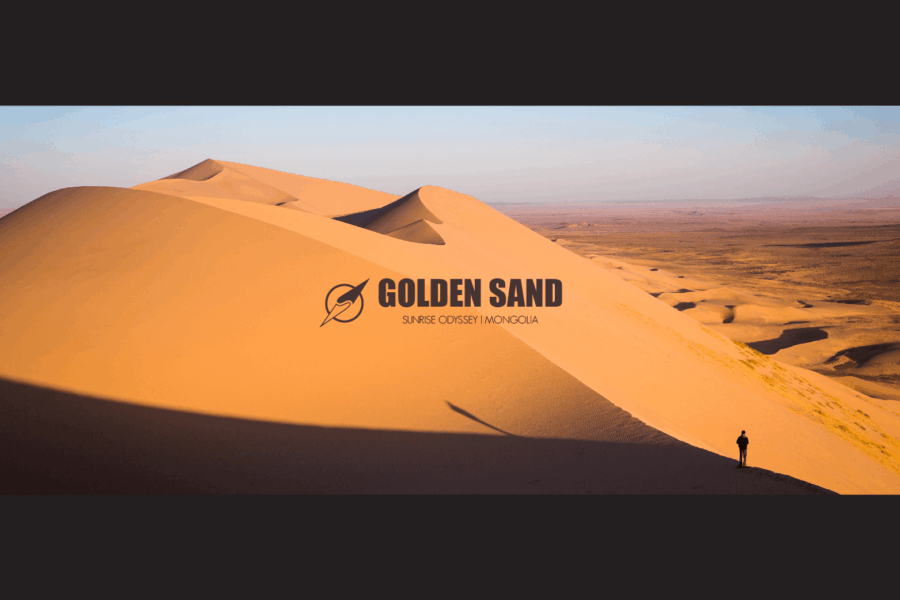


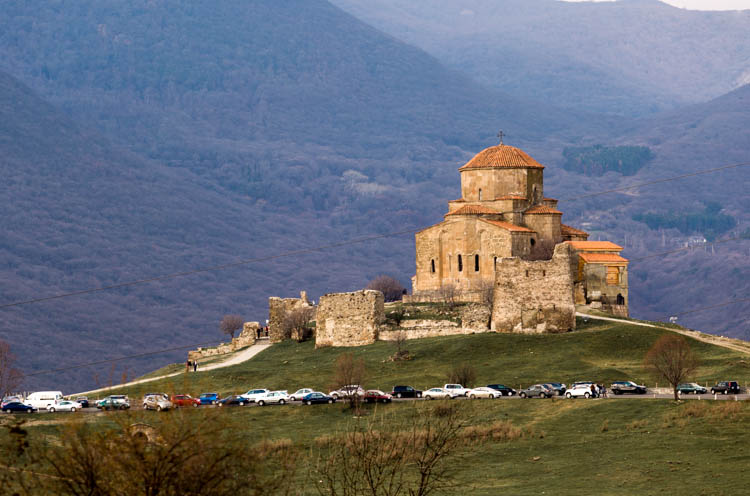
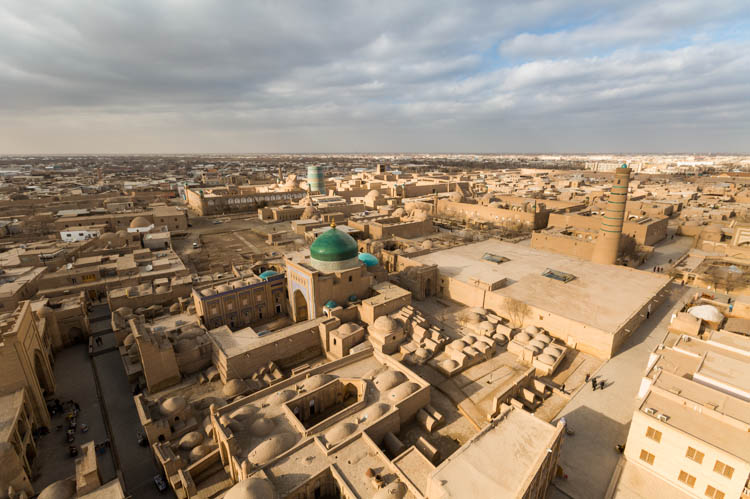
Leave a Comment